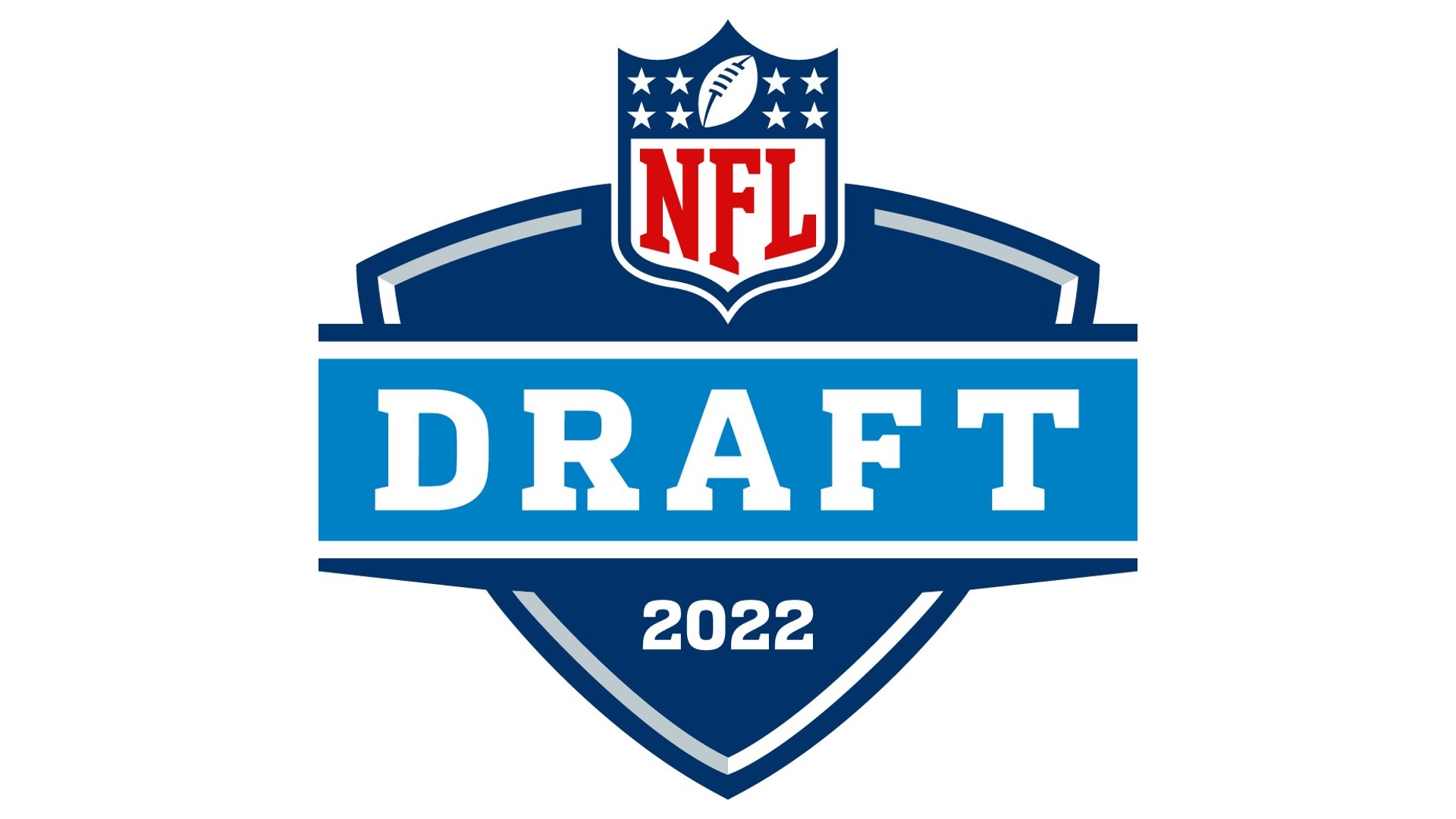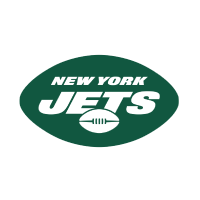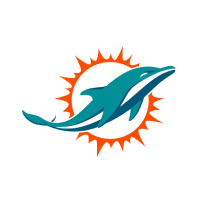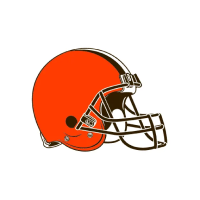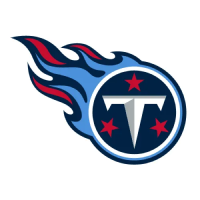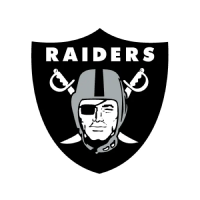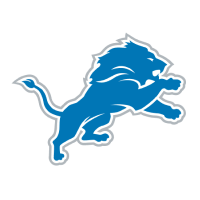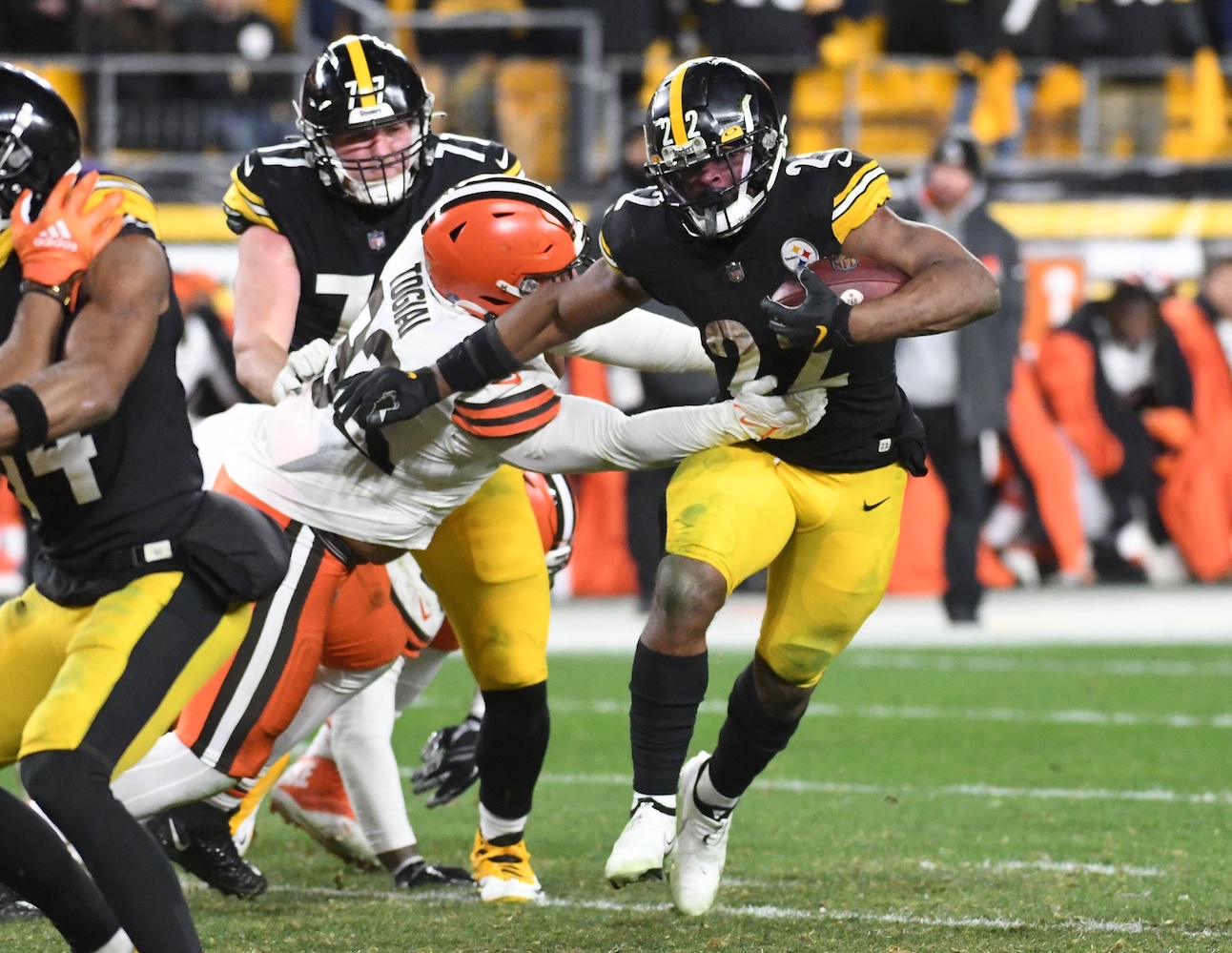The Chicago Bears were in a one-score game with the Baltimore Ravens for most of Week 11’s disappointing loss. Naturally, the game plan should’ve included a heavy dose of running back David Montgomery, who’s emerged as one of the NFL’s quality starters, right? Well, not if you’re Matt Nagy and Bill Lazor, who instead chose to rely on Andy Dalton and a maddening strategy that did everything except feature the third-year runner.
Montgomery finished Sunday’s game with 14 carries for 58 yards. He had just four carries in the second half despite running hard and finding success when given the opportunity. The Bears’ decision to turn away from Montgomery flies in the face of winning formulas around the league in Week 11 which included 32 carries for Jonathan Taylor, 22 carries for Nick Chubb, 30 carries for Joe Mixon, and 19 carries for Antonio Gibson. Dalvin Cook had 22 rushes. Myles Gaskin? 23. James Conner eclipsed 20 totes in the Arizona Cardinals’ win.
Yet, there’s Montgomery, a 23-year-old star on the rise who Nagy and Lazor ignored against a Ravens team led by backup quarterback Tyler Huntley. Chicago had a win within its grasp but chose to make Dalton the centerpiece of the offense. He completed less than 50% of his 23 attempts in a little over two quarters.
What’s more shocking about the Bears’ usage of Montgomery is the evidence the team has of his impact on the outcome of games. He’s had just two outings with more than 20 carries this year, and Chicago won both of them. In 2020, the Bears fed Montgomery more than 20 carries in two of their final three games and went 2-1. Overall, in the 21 games, Montgomery’s played over the last two years, he’s had just six with more than 20 carries. The Bears won four of them.
Chicago’s offense has been the focus of league-wide criticism this season, and for good reason. The Bears are 31st in the league in yards per game and 29th in points per game. While they’ve been a productive rushing offense averaging 132.1 yards per contest, the recent success of Justin Fields as a runner has helped boost that number. Montgomery’s usage, meanwhile, continues to be inconsistent despite averaging 4.5 yards per carry this year.
https://twitter.com/NFL/status/1437210975040520193?s=20
Sure, game flow impacts how many carries a running back can reasonably expect, and with the Bears losing seven of their 10 games this year, it hasn’t been a season full of positive game scripts in Chicago. But Sunday’s loss to the Ravens is a glaring example of how the Bears seem to outsmart themselves.
Montgomery is arguably Chicago’s most valuable offensive weapon. He’s a tone-setter. He makes the passing game more efficient because he forces the defense to respect his ability to gain chunk plays. But he can’t set that tone or help the passing attack if he isn’t given a chance to.
The Bears have a chance to get Montgomery back on track on Thanksgiving against a Detroit Lions team that’s giving up the second-most rushing yards per game this year. Chicago’s game plan should be short, sweet, and to the point: feed Montgomery, a lot, for four quarters like they did in Week 4 when he (gasp!) had 23 carries for 106 yards and two touchdowns in a Bears’ win.
https://twitter.com/NFL/status/1444711590138241029?s=20
If Nagy and Lazor fail to feature their bell-cow back—again—on Thursday, they’ll only have themselves to blame. And it could result in an embarrassing loss to a winless team that pushes both coaches one step closer to the unemployment line.
Filed In
Related Articles
Cincinnati Bengals
Should Joe Burrow Be The NFL MVP?
- Jan 07, 2022
NFL
Steelers Hit A Home Run With Najee Harris
- Jan 07, 2022
Written By
